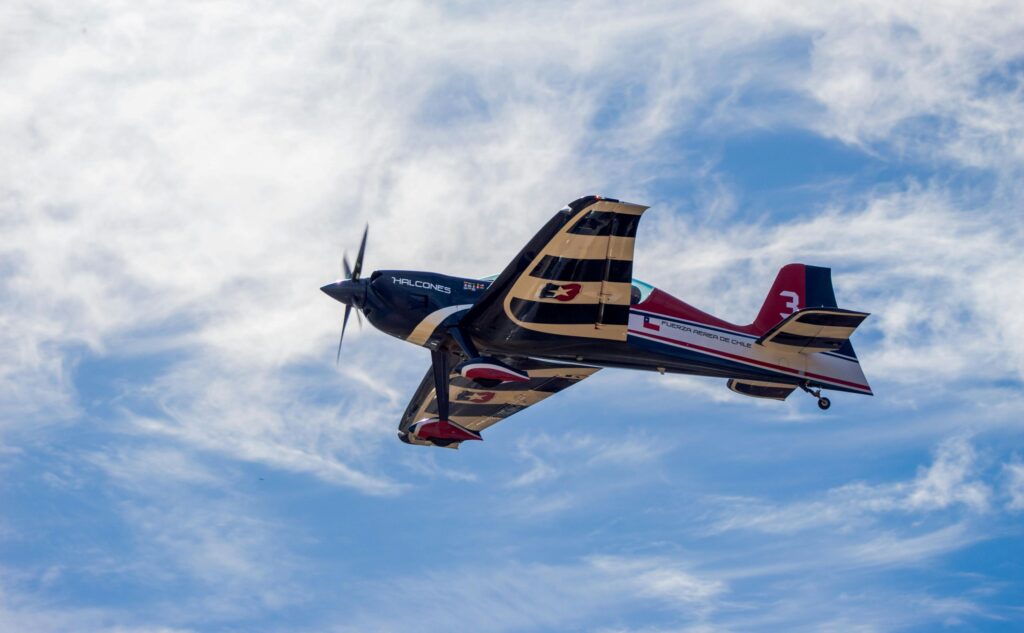
How Do You Break-In Your Aircraft’s Engine New Cylinders
Understanding Aircraft Engine Cylinder Break-In.
Breaking in new aircraft engine cylinders is a critical step to ensure longevity, efficiency, and optimal performance. Proper break-in helps seat the piston rings against the cylinder walls, reducing oil consumption and preventing premature wear. A poorly executed break-in can lead to glazing, high oil consumption, and reduced engine lifespan. Follow these essential steps to avoid costly engine issues.
When Should You Perform a Cylinder Break-In?
Cylinder break-in is required in several scenarios:
- Replacing or repairing one or two cylinders: If only one or two cylinders are replaced or newly honed, those cylinders must go through the break-in process to ensure proper seating of the piston rings.
- Performing a “top” overhaul: When all cylinders are replaced, the break-in process ensures that all cylinders and rings form a proper seal.
- Installing a new, rebuilt, or overhauled engine: Break-in applies to the entire engine, including new cylinders, rings, and bearings.
Basic Rules for Aircraft Engine Cylinder Break-In
1. Use the Right Oil
The choice of oil is crucial for break-in. Synthetic oils and those containing anti-wear additives or friction modifiers should be avoided. These additives can prevent the rings from seating properly, leading to high oil consumption and poor engine performance. Recommended options include:
- AeroShell 100 (Mineral) – SAE 50 (break-in oil, no additives).
- AeroShell W100 (Mineral) – SAE 50 (includes ash dispersant to keep the engine cleaner during break-in).
- Phillips 66 X/C 20W-50 – A multi-grade mineral oil alternative suitable for cooler temperatures.
After break-in, switch to an approved aviation oil that meets the manufacturer’s recommendations. We have also published a detailed blog post on our recommended oil choices for aircraft engines, which you can read for further insights.
2. Operate at High Power While Staying Within CHT Limits
Newly honed cylinders create more friction, resulting in higher cylinder head temperatures (CHT) during break-in. Operating at high power ensures proper ring seating and reduces the risk of glazing. However, it is essential to monitor CHT and avoid excessive heat that could damage the engine.
- Continental engines: Maintain CHT below 420°F.
- Lycoming engines: Maintain CHT below 440°F.
Higher-than-normal CHT is expected during break-in, but once CHT stabilizes at normal operating temperatures, the break-in process is complete.
3. Avoid Low-Power Operation
Low-power operation during break-in can lead to glazing, a condition where carbonized oil residue builds up on the cylinder walls. This prevents proper ring seating and leads to excessive oil consumption and poor compression. To prevent glazing:
- Avoid prolonged taxiing.
- Minimize ground runs.
- Use a gradual power reduction approach instead of prolonged idle operation.
How Long Should Break-In Take?
Break-in time varies depending on the type of cylinder coating:
- Steel cylinders: Break-in is typically completed within 10 hours, but 5 hours is ideal if done correctly.
- Nickel-carbide cylinders: These break in very quickly due to their low friction properties. Oil consumption remains low throughout the process. Unlike honed cylinders, these rely on breaking in the rings rather than the cylinder wall itself.
- Channel chrome cylinders: These take longer to break in and have higher oil consumption during the process. The chrome surface is extremely hard, so the break-in primarily involves the cast-iron piston rings wearing into shape.
Among these options, nickel-carbide cylinders offer the best break-in performance and efficiency.
Post-Break-In Oil Change
Oil contamination is high during break-in due to metal particles from the rings and cylinder walls wearing in, as well as increased by-pass gases. Therefore, it is essential to change the oil and filter immediately after break-in is complete. If break-in is still ongoing, replace the oil no later than after 10 hours of operation.
Manufacturer Guidelines
Engine manufacturers provide detailed service instructions for proper cylinder break-in. These guidelines are essential references:
- Lycoming Service Instruction No. 1427C
- Continental Service Bulletin M89-7R1
While these documents offer general recommendations, real-world conditions may vary. Always monitor engine parameters closely and ensure proper power settings during break-in.
Key Takeaways for a Successful Cylinder Break-In
- Use mineral-based oil without additives.
- Maintain high power while keeping CHT within safe limits.
- Avoid prolonged idle, taxiing, and low-power operation.
- Complete break-in as quickly as possible.
- Change the oil and filter immediately after break-in.
- Refer to OEM guidelines but prioritize real-world engine performance observations.
Conclusion
A properly executed aircraft engine cylinder break-in ensures maximum performance, longevity, and efficiency. By following these best practices, you can prevent issues such as glazing, excessive oil consumption, and premature wear. The break-in period is short but critical, and taking the right approach will set your engine up for a long, trouble-free service life.
About Quest Aeronautics
Quest Aeronautics is a state-certified engineering office for aviation, dedicated to shaping the future of general aviation by providing innovative and cost-effective solutions to enhance aircraft performance and operations. With a focus on CS/FAR-23 and experimental/amateur-built (E/A-B) aircraft, Quest Aeronautics provides a range of services including flight testing, aircraft operations and maintenance consulting, high-quality aviation products, and tailored support for E/A-B projects. Collaborating with industry-leading partners, Quest Aeronautics is committed to delivering unparalleled support and expertise to individuals and organisations in the general aviation market.
About Author
Sebastian, the founder of Quest Aeronautics, is a driven and enthusiastic individual with a passion for aviation. Before delving into aviation, he gained valuable experience as a chemical process engineer and laboratory technician. Sebastian holds a Master of Science in Engineering and a commercial pilot licence, with several fixed-wing aircraft ratings under his belt. He has also completed an introduction course for fixed-wing performance and flying qualities flight testing at the National Test Pilot School in Mojave, CA and is compliance verification engineer for flight.
